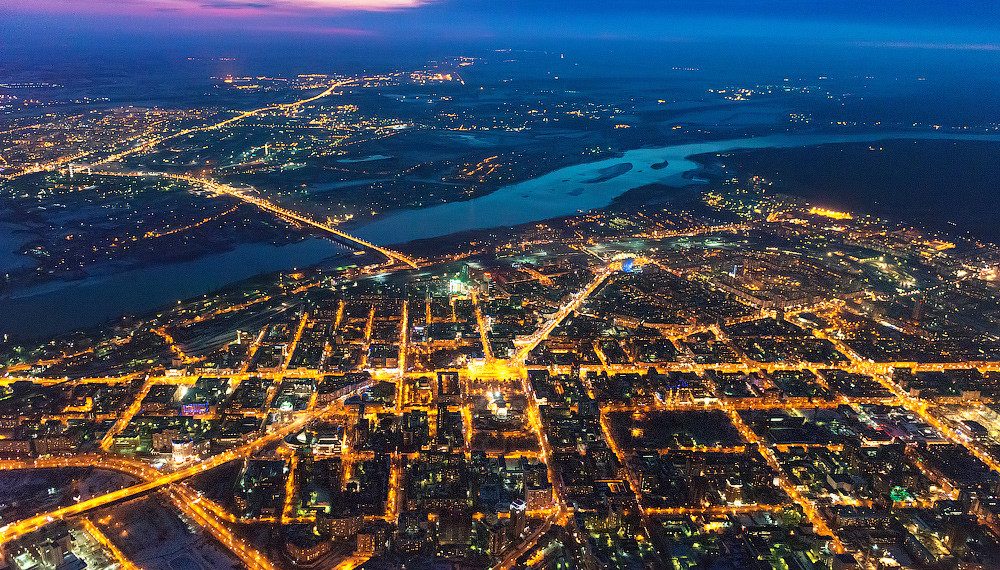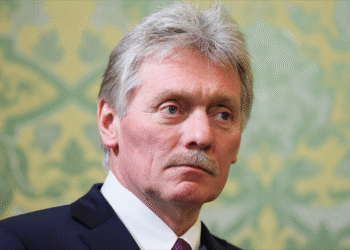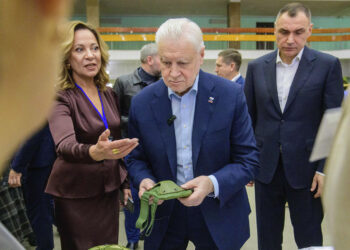PETROZAVODSK (Realist English). The growth of the regional administrative centers is practically unrelated to the growth of the gross regional product per capita for the region as a whole. The growth of the regional capital’s economy is apparently offset by the decline in the rest of the regions, which means that the acceleration of the formation of agglomerations under existing conditions will most likely not lead to more efficient development of the regions. This is the conclusion, to whichcame Pavel Druzhinin, the leading researcher at the Institute of Economy of Russian Academy of Sciences’ Karelian Scientific Center.
“The influence of the development of administrative centers in most regions on the growth of the economy of the regions as a whole is weak. The exceptions are Moscow and St. Petersburg, which contribute to the successful development of the surrounding Moscow and Leningrad regions, absorbing the resources of neighboring regions. Their joint development provided for more than a third of the increase in the total GRP of the Russian regions and almost a quarter of the increase in GRP per capita. The larger the size of the agglomeration in the region, the less it was loosing population and the faster it grew, the higher level of GRP per capita it had. But the latter index grew more slowly (with the exception of regions with the largest agglomerations).” says his article published in the journal “Problemy prognozirovaniya” (Problems of Forecasting).
Druzhinin notes that in regions with the largest agglomerations, the faster population growth of their administrative centers contributed to the acceleration of GRP growth, and in some cases GRP per capita:
“In majority of other regions, the more successful development of the administrative center did not lead to an acceleration of economic growth in the region and, apparently, was accompanied by the degradation of the periphery. Regions with small populations have been growing slowly, they are losing out in the competition for young people and it will be difficult for them to create new industries and improve the structure of the economy.”
According to the scientist, under the conditions of gradual population decline, the continuation of population growth in several successful regions and their administrative centers will require an acceleration of population flow not only from the periphery of other regions, but also from their administrative centers. Which will threaten the development of entire regions.
“Only for regions with the largest agglomerations, the acceleration of their growth can have a positive effect, which, however, may not compensate for the negative effect obtained by other regions that have lost human capital. Which will affect the economic development of the country as a whole.” he concluded.
In October 2019, the Speaker of the Federation Council, Valentina Matvienko, devoted a separate article to this topic “Small towns are not an encumbrance, but a resource for the development of the country.” In her opinion, in the strategic planning, building the image of the future of Russia, we must proceed from the fact that medium and small towns and villages are not a burden on the country, but a resource for its development:
“For therein considerable productive forces and full-fledged human capital are concentrated. Our same citizens live there as in big cities. Therefore, they should not be harmed in anything that makes up the quality of people’s lives.”


















